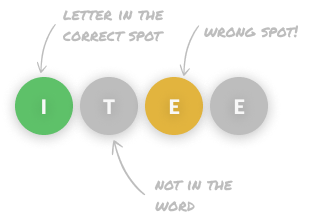Hands-on Graph Data Science with LynxKite you own this product
- prerequisites
- basic Python • basic SQL • familiarity with tables as CSV files • basic data science and machine learning
- skills learned
- defining graphs • visualizing graphs • working with LynxKite for efficient graph data science • applying linear regression with graph invariants as input features • using graph neural networks
pro $24.99 per month
- access to all Manning books, MEAPs, liveVideos, liveProjects, and audiobooks!
- choose one free eBook per month to keep
- exclusive 50% discount on all purchases
lite $19.99 per month
- access to all Manning books, including MEAPs!
team
5, 10 or 20 seats+ for your team - learn more

In this series of liveProjects, you’ll learn to apply insightful graph data science techniques to real-world data problems. Making use of Python and the LynxKite graph data science platform, you’ll explore how graph data structuring can reveal new insights from highly interlinked data. Each liveProject in this series stands alone, so you can pick and choose the skills that are most relevant to you.
here's what's included





choose your plan
team
- five seats for your team
- access to all Manning books, MEAPs, liveVideos, liveProjects, and audiobooks!
- choose another free product every time you renew
- choose twelve free products per year
- exclusive 50% discount on all purchases
-
![]() Hands-on Graph Data Science with LynxKite project for free
Hands-on Graph Data Science with LynxKite project for free
Prerequisites
This liveProject is for data scientists interested in the basic techniques of graph data science. This project is suitable for a large range of expertise levels from beginners to experienced practitioners. To begin this liveProject, you will need to be familiar with the following:
- Basic SQL
- Tables, their representation as CSV files
- Basic data science and machine learning
you will learn
In this liveProject, you’ll learn the basics of graph data structures and how to define relationships between data.
- Defining graphs based on event sequences
- Defining a pass graph among players
- Defining a graph on areas of the pitch
- Various ways of visualizing these graphs
- Using connected components to find interesting event subsequences
- Applying pagerank and reverse pagerank to gain different importance metrics for players
- Working with LynxKite for efficient graph data science
 features
features
- Self-paced
- You choose the schedule and decide how much time to invest as you build your project.
- Project roadmap
- Each project is divided into several achievable steps.
- Get Help
- While within the liveProject platform, get help from other participants and our expert mentors.
- Compare with others
- For each step, compare your deliverable to the solutions by the author and other participants.
- book resources
- Get full access to select books for 90 days. Permanent access to excerpts from Manning products are also included, as well as references to other resources.
 Hands-on Graph Data Science with LynxKite project for free
Hands-on Graph Data Science with LynxKite project for free
